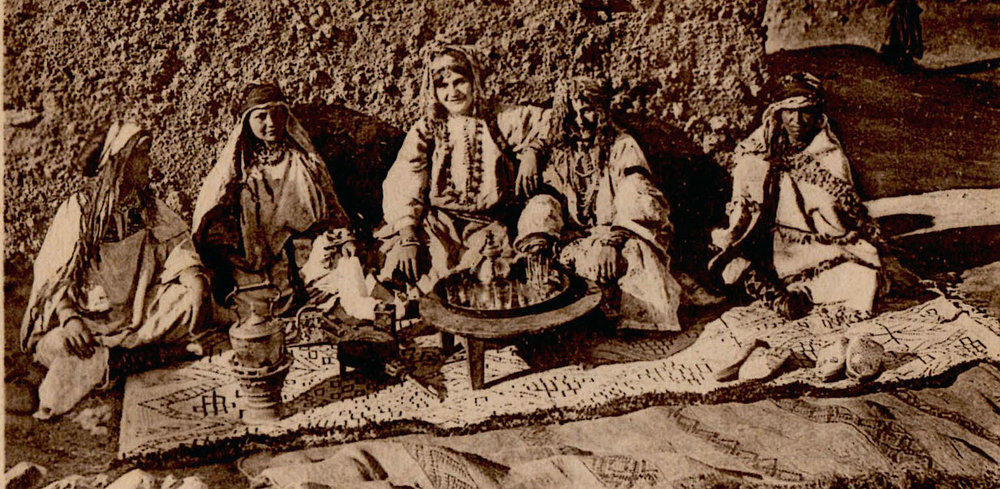The Origin of Textiles in Morocco
While yellow babouches and painted tajines may be all the rage in the souks, textiles and weaving is really where the heart of true Moroccan artistry lies. Textile production is the most substantial artistic tradition of Morocco. The number of Moroccans involved in textiles and the extent of materials used is immense. Textile production in Morocco dates all the way back to 1500 BC when Berbers first came to North Africa. They brought fundamental weaving techniques used for practical, magical, and religious purposes.
Berber woman wove textiles used for shawls, blankets, rugs, tents, sacks, pillows, and mats. Eventually learning more specialized weaving and dyeing techniques, adding a large range of artistic symbols, designs, and motifs. In the 7th century textiles became an essential part of the Moroccan economy which still carries through till this day.
The techniques created by these Moroccan artisans have been preserved over the centuries, mainly because weaving and embroidery are a fundamental part of the daily life of the people, but also because they are believed to act as a source of magic and power.
Moroccan tribal textiles are some of the most dazzling and impressive in Africa. The variations of design patterns, vibrant colors, ad variety of textures make them quite distinct from other Islamic and African textiles.
The traditional weavings of Morocco are used for practical purposes. Weavings were made for use by the family as furnishings for the house or tent, and as personal clothing. Textiles can also act as an indicator of wealth, social status, and the religious background of the weaver, as well as of the daily life of her tribe. Weaving allows her a rare freedom of expression even within the confines of strictly conservative design traditions.
For non-nomadic people of Morocco textiles could be used as interior furniture or decoration as a bed, chair, blanket, cloak, pillow, trunk or saddle. For nomads the rug could become roofs, doors, walls or partitions of a moving home. The 'table' of most Moroccan households, whether a house or tent, is in the form of a large rectangular rug covering a divan. The vibrant colors and motifs of rugs brighten usually dimly lit houses, dars, and riads in villages and cities.
Many decorative textiles are used in ceremonies and have a sacred status. A handira, is used to wrap a bride en route to her new home. Some blankets are used as funeral gifts. The finest rugs, blankets, and cushions are used to decorate guest tents during festivals or worn and carried to tombs to honor saints.


